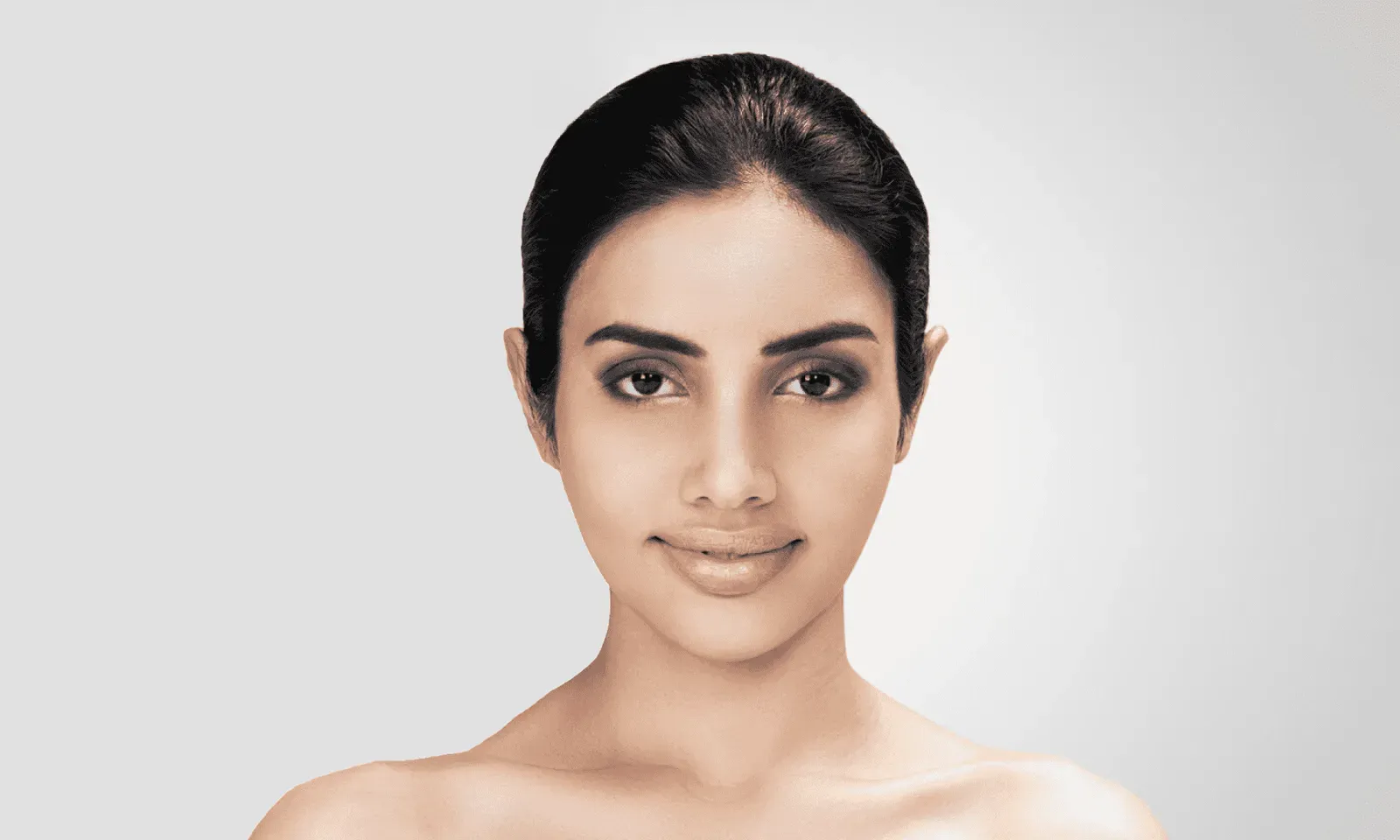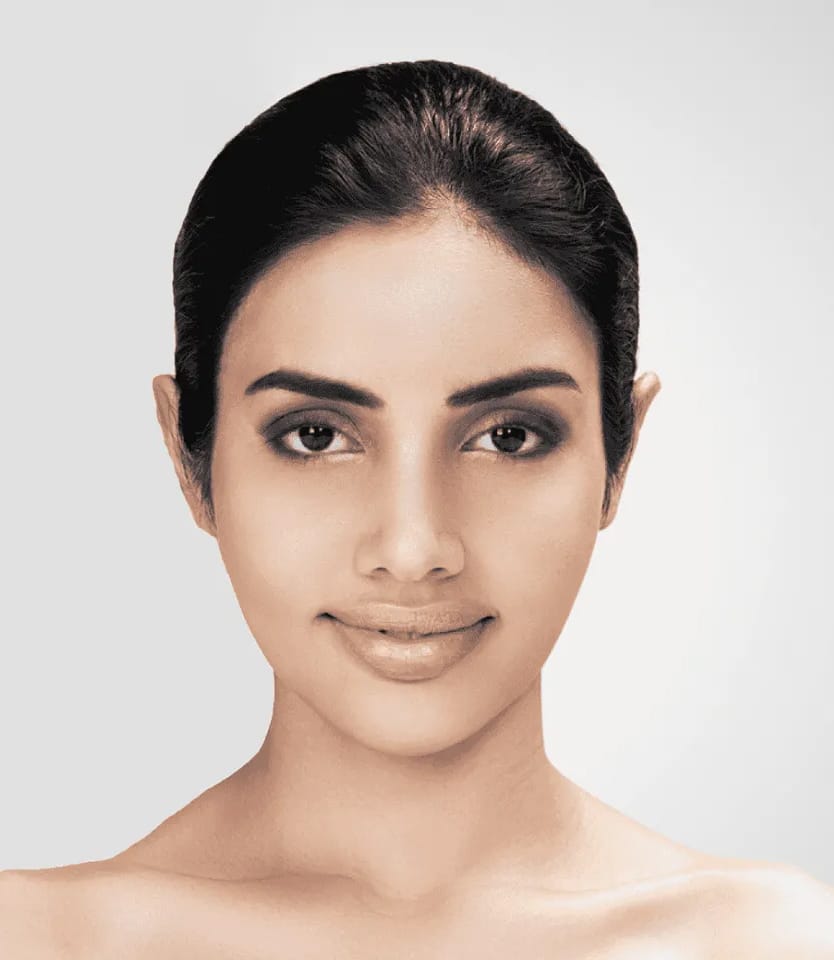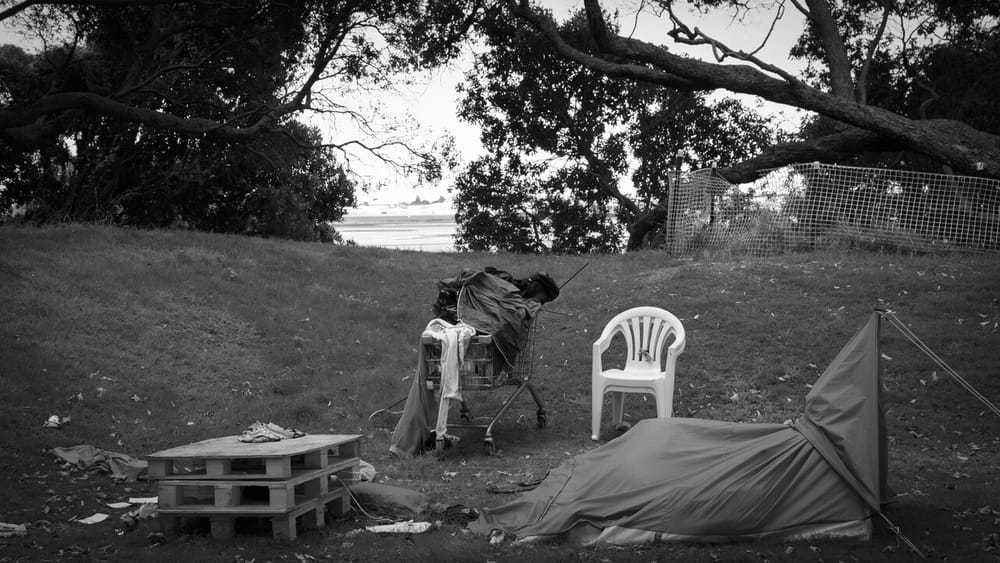
“You dirty black Indian b-i-t-c-h". I was 14 years old when a young White male yelled these words at me while I was playing tennis at the local court.
I felt my face flush with shame, my body fill with rage and my eyes well with tears—was he right? Was I considered dirty because of my brown skin? My skin was indeed the colour of dirt. His remarks were not the first derogatory comments I heard regarding my skin tone and ethnicity, and it is unlikely they will be the last; however, those words were significant. They took hold in my mind, reinforcing the social narrative that dark skin was undesirable, ugly and something to be ashamed of. Combined with years of “warnings” about my darkening skin, little did I know how much those words would impact me for the next decade as I ventured into a world of skin-whitening and lightening products.
Skin-whitening, also known as skin-lightening, is a process whereby products are applied to the skin’s surface to lighten the skin tone, thereby inhibiting the production of melanin, the pigment responsible for giving skin its colour. The language used to promote products varies from whitening and lightening to “colour-correcting”. This is often considered to be a “beauty-enhancing” process, promising to ensure skin is even, free of freckles, dark spots, pigmentation and blemishes. However, regardless of the language used, the underlying message is the same: dark skin does not fit the ideal beauty standard.
Research indicates that skin-lightening practices have been around for centuries in some form or another; however, scholar-activist Dr Yaba Amgborale Blay states that it was the Elizabethan age that gave rise to the use of powder and paint to achieve a pale porcelain-like complexion. During this time, the desire to uphold these White ideals of beauty were so pervasive that European women applied white lead to their skin and ate arsenic wafers to create the desired effect of a pale unblemished skin tone. Light skin became synonymous with economic advantage and higher social status: the lighter the skin, the more well-off you were likely to be because historically farm-work was reserved for those of a lower social standing. Ploughing, planting and harvesting were labour-intensive roles requiring people to work outside in the sun, therefore darkening their skins’ complexion and revealing one’s lower social class. Consequently, dark skin was associated with poverty, dirt, and a lack of intelligence, while fair skin was seen as clean, good, civilised and therefore, superior. Only the wealthy could afford not to work in these jobs and this division of labour perpetuated the ideal that light skin afforded you privileges and access to opportunities that were reserved only for White people with wealth.
Colonisation and slavery took these imported beauty ideals to America, Asia and Africa, and the idea that fair skin was symbolic of purity and cleanliness became entrenched as a way of upholding White supremacy ideologies. Whiteness became a desired commodity, its attitudes and ideals ripe for consumption by those who did not possess all the perceived good it offered, namely better job prospects, marriage proposals and happiness. The fashion and beauty industries predominantly advertised Caucasian models with bright eyes, white skin and straight hair as an ideal to strive for and skin-whitening beauty products became a pathway to the commodification of whiteness. So potent was this commodification of whiteness that a Pears’ soap advertisement circulated in 1875 depicted a young Black boy sitting in a bathtub being presented with soap by a White male and another image showing the same Black boy seemingly elated when he is shown a mirror image of himself with a white body. The advertisement was based on the fable “Washing the Blackamoor White”, also known as “Washing the Ethiopian White”, by Aesop. The fable tells the story of a slave who tries to wash away his black skin but is unable to, the moral of the story being that we cannot wash away our culture and heritage. While the moral of the fable promotes a sense of acceptance, there is an insidious subtext that blackness could not be erased, therefore reinforcing perceptions that those with dark skin were inferior to those with white skin, and always would be. The idea that a bar of soap, a product used to clean dirt, could be advertised using images of Black children to sell their product is explicitly racist, and this messaging further embedded the notion that dark skin was not natural and something to be ashamed of.
Today skin-whitening is a multi-billion dollar industry and has become a growing public health concern as the prevalence of these products within Asian and African communities increases. Researchers have indicated that some of these chemical-laden products contain potentially toxic ingredients such as mercury, hydroquinone and hydrogen peroxide. While some lightening products with these ingredients are banned in parts of the world, in other parts of the world, there is little to no regulation regarding their labelling or directions of use. Despite its physical and psychological implications, skin-lightening is said to be one of the fastest-growing areas of the global beauty industry.
These chemical-laden skin-lightening products are not only detrimental to the skin’s surface, with potential side effects including swelling or thinning of the skin, scarring and inflammation which produces the opposite outcome of the desired effect, but they have also prompted the creation of an underground market in places that are attempting to stop rogue retailers from selling toxic products. These colonised beauty regimes have become so strongly internalised as the sought after ideal that it has prompted women of colour to reject the skin that literally protected their life. I can personally attest to the harm of lightening products because as a young woman I spent years drowning in self-loathing, starving for societal approval and feeding myself a steady diet of brightening, lightening, whitening and colour-correcting creams and cleansers. When this did not result in the desired effect, I was encouraged to use lemon juice combined with a concoction of pantry staples to lighten my skin, rather than to embrace my natural skin tone. I rarely saw South Asian women in mainstream media or positions of power, influence and leadership. Therefore Fair & Lovely was more than a face cream; it was a pathway to acceptance and opportunity. The belief that my self-worth could be found in a skin tone was misguided and unhealthy.
As I came to learn about the harm of these products, I shamed myself for using them, but upon reflection, the shame is not the burden of the consumers to carry. The real shame sits with the industries, organisations and systems that perpetuate cognitive distortions about beauty. Rather than expressing judgement and asking why people are using whitening products, we should be asking why companies continue to make these products. And yet, we know the answer. The exploitation of women of colour lines the pockets of those who see no harm in perpetuating racist beauty standards.
In June 2020, multinational consumer goods giant, Unilever and its subsidiary Hindustan Unilever Limited changed the name of one of their best-selling products Fair & Lovely to Glow & Lovely. While this was seen as a move in the right direction by some, the fact is this is nothing more than a name change. The product, its messaging and the ideology it is built on remains the same. Other brands such as Johnson & Johnson have gone one step further and began to phase out some of their lightening products entirely.
Conversely, this has also led to criticism, with some consumers claiming that it is their choice if they wish to use these products. Despite its dangers and there being no guarantee that the products will work as they are advertised, there does not seem to be a slowing of a trend that garners so much profit. It is easy to suggest that if there was no demand for the product, the product would cease to exist; but whiteness is placed on a pedestal so high that of course people want access to the opportunities it may give them access to. Our psyche is deeply entrenched with White beauty ideals that using a whitening or lightening product is about so much more than using a product; it is about constructing an entire identity based on ideals we have been fed since birth. I hear people say that no one is born racist, but I would strongly argue that we are born into a racist society and drip-feeding women of colour the promise of beauty and societal approval by playing on their insecurities is a systemic illness, not a self-esteem issue. If we continue to misunderstand the depth of this issue, we enable a system that profits from a lack of accountability. Name changes, discontinued products and diverse models may give the illusion that progress is being made, but we must demand more from the institutions that uphold toxic White supremacist ideologies.
The implications of skin lightening also play a role in colourism, perpetuating division within communities of colour. Kenyan actress Lupita Nyong’o describes colourism—the process of favouring lighter skin tones within BIPOC communities—as being the child of racism because colourism continues to reinforce the message that dark skin is inferior to lighter skin. India possesses a large share of the consumer market when it comes to whitening and lightening products, and advertising and media play a significant part, with Bollywood actresses endorsing lightening products in a nation that is already heavily influenced by a severely divisive caste system and rife with inequalities. Dark skin continues to be associated with lower castes and has implications for employment and access to opportunities. As a result, the caste system in Indian society provides a solid foundation for colourism to flourish because internalised prejudices towards one’s race ensures Eurocentric beauty ideals continue to be the desired ideal.
Campaigns such as ‘Dark is Beautiful’ aim to raise awareness of the colonial hangovers many young women of colour continue to suffer. This grassroots advocacy group provides workshops in schools, businesses and communities highlighting the problematic attitudes regarding skin colour bias and promoting the message “a person’s self-worth does not depend on the colour of their skin.” Through the work of the ‘Dark is Beautiful’ activists, the Advertising Standards Council of India (ASCI) legislated guidelines banning discriminatory advertisements on the basis of skin colour:
Advertising should not communicate any discrimination as a result of skin colour. These ads should not reinforce negative social stereotyping on the basis of skin colour. Specifically, advertising should not directly or implicitly show people with darker skin, in a way which is widely seen as unattractive, unhappy, depressed or concerned. These ads should not portray people with darker skin, in a way which is widely seen as, at a disadvantage of any kind, or inferior, or unsuccessful in any aspect of life particularly in relation to being attractive to the opposite sex, matrimony, job placement, promotions and other prospects. (ASCI 2016).
These acts of persistence and resistance to shift the narrative of beauty build on the anti-racist movement that many have been fighting for decades. While the work may be long and far from over, it is hope-filled. Almost 20 years on, I am no longer the young girl who feels shame and embarrassment when I attempt to buy make-up only to be told, “I don’t think we have your shade”. Instead, I embrace my melanin-rich skin in all its glory. The issue of skin lightening is not one that will be solved easily. The effects of colonisation are rampant within communities of colour and the beauty industry is only one of many that require drastic and long-awaited change. However, every conversation about colonised beauty standards is a conversation worth having if we are to have any opportunity at dismantling an industry that is so overtly racist. We have seen that public pressure forces change and while it may seem minimal, it is difficult for organisations to maintain ignorance when our voices combined can no longer be unheard. Activism, calling out racist beauty companies and campaigns that not only prioritise and celebrate women of colour but also challenge our unconscious bias of Eurocentric beauty as the preferred options, are all steps towards a long road in changing our perceptions of beauty.







